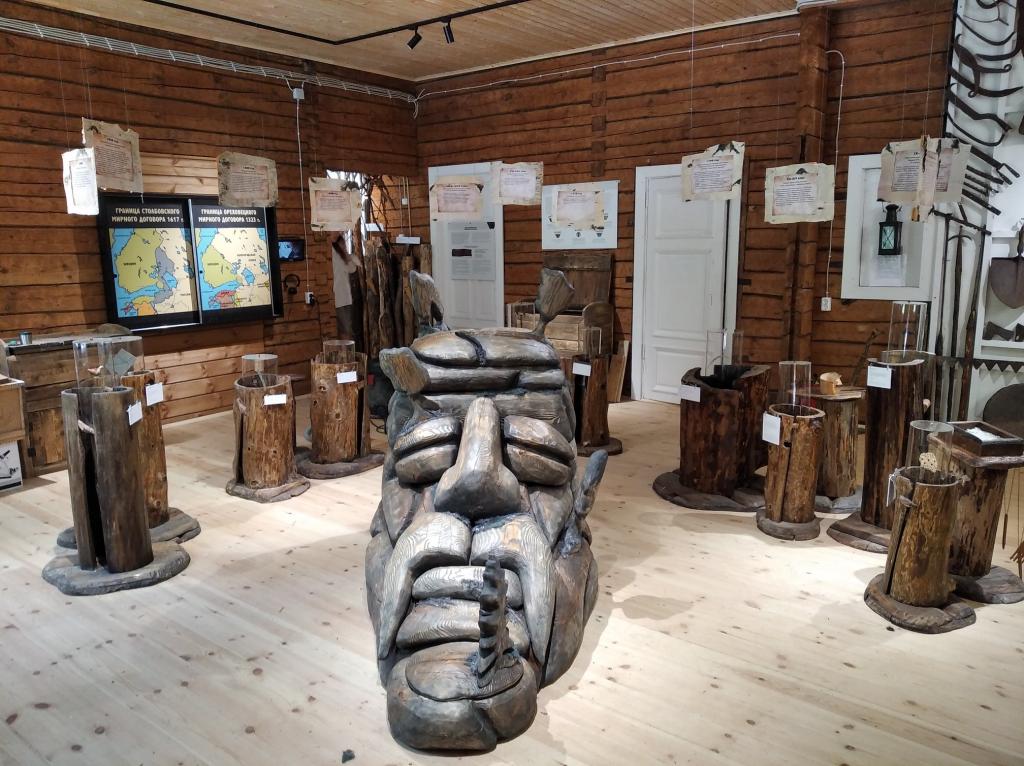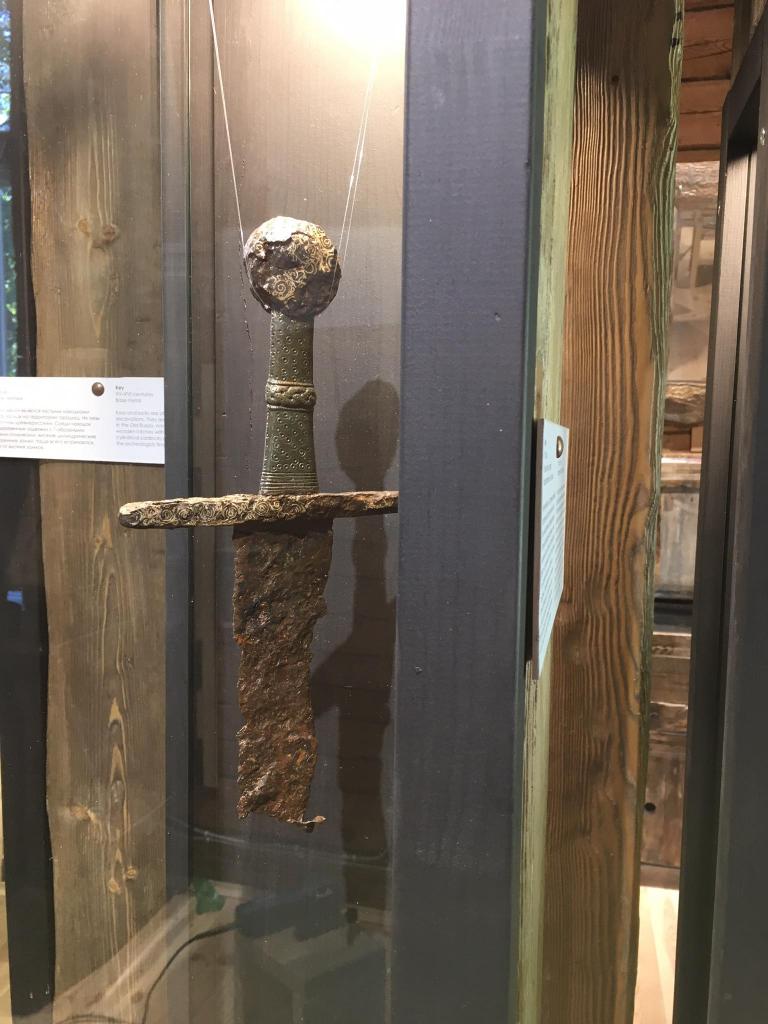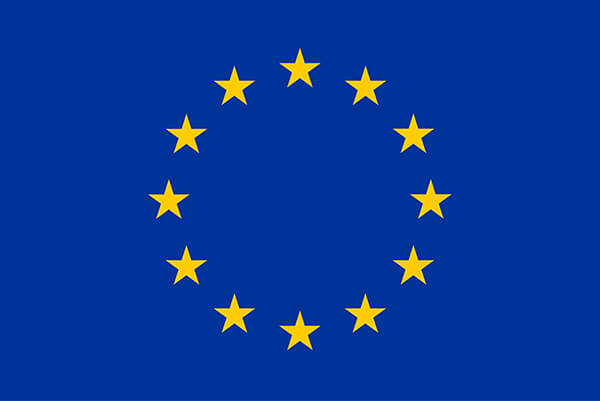A new interactive exhibition Kirjalar. The Seven Runes in Kurkijoki
The Kurkijoki Local History Center welcomes its new permanent exhibition Kirjalar. The Seven Runes which was created through the InterActive History international project. The exhibition is devoted to the history of the northwestern part of Lake Lagoda region in the Middle Ages. Here you can find out who the kirjalar were and how they were connected to the Korela people, discover what the Vikings’ grave in Kurkijoki is, see what was there on the Lopotti hill fort a thousand years ago and do many more interesting things.
The exhibition developers from the Creative Community, St.Petersburg managed to make this exhibition fully interactive and attractive for children and young people. The three exhibition halls are full of puzzles and mysteries that invite its visitors to undertake an exciting journey to the early history of Karelia. Here you can see what is kept in the head of giant Vipunen, the Kalevala epic hero, try to make a trade route from Scandinavian countries to the Ancient Russian cities through Lake Ladoga, shoot a bow tens of meters, and place medieval fortifications along the Ladoga Lake shore. The visitors can not only see the unique archaeological artifacts which were discovered in Kurkijoki but also hold carefully crafted copies of a medieval sword, a spearhead, household items and adornments (their originals are now in Helsinki and are available only to a limited number of experts), dress in real traditional costumes of the Korela people and listen to the speech of the locals at the turn of the millennium.
Many scientists, local history experts, artists, filmmakers, musicians and craftspeople from St.Petersburg, Petrozavodsk, Kurkijoki, Helsinki, Velikiy Novgorod, Moscow, Penza and Essoila took part in making this unique exhibition.
Kirjalar. The Seven Runes exhibition is created as part of the InterActive History project which is funded through the Karelia Cross-Border Cooperation programme. Six museums from Russia and Finland are participating in the project.









